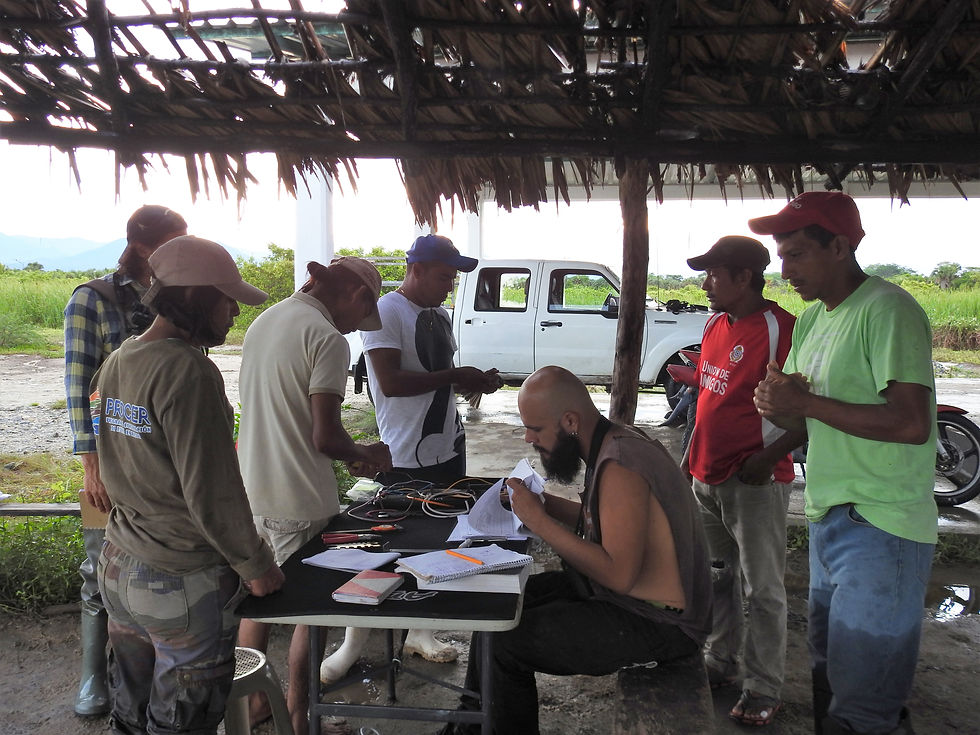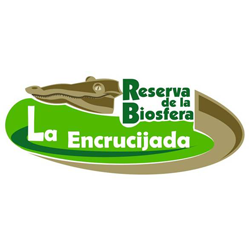Studying Birds in Chiapas, Mexico
- Kristen Mancuso

- Dec 19, 2018
- 4 min read
Updated: Aug 17, 2021
My name is Kristen Mancuso, the Events and Outreach Coordinator for the Student Chapter of the Wildlife Society at the University of British Columbia Okanagan (UBCO). I am also a PhD student studying migratory birds and I thought I would share my most recent field experience collecting feather samples in Mexico! For anyone considering pursuing graduate school, I would highly recommend choosing a migratory species if you like to travel, as it may provide an opportunity to do field work in a variety of places. The focal species for my field work was the Yellow-breasted Chat (Icteria virens), which breeds locally in the south Okanagan valley but overwinters in the southern United States, Mexico, and Central America.
The purpose of the trip was to: (1) meet a collaborator, Manuel Grosselet, who has collected hundreds of chat feathers to be analyzed as part of my degree, and (2) assist in collecting more chat feather samples from a new, more southern site, where we currently don’t have any samples.
Travel from Kelowna to the field site took 1.5 days, involving a domestic flight to Vancouver, an international flight to Mexico City, a domestic flight to Tapachula, a 20 minute taxi ride to the bus terminal, a 3 hour bus ride to Pijijiapan, and finally 30 minute car ride to the field station. The field station is located in a Biosfere Reserve called La Encrucijada. This reserve is located on the western coast in the southernmost province of Mexico called Chiapas (bordering Guatemala).
The accommodations at the field station were basic, including two bedrooms each with 6 bunks plus a separate building for washrooms, cooking, and learning (Photo 1). Luckily, the bedrooms had air conditioning units which was a welcomed relief from the 30+˚C weather and extreme humidity. There was also a very timid dog that they named Botas who frequented the station for food and slowly earned our trust (Photo 2).

Manuel Grosselet is a very well-known bird bander in Mexico and has banded more birds than anyone I know (Photo 3). Check out his organization called Tierra De Aves. For this particular project at the reserve, Manuel trained and employed 5 locals to band birds, plus hired another bander to take over when he wasn’t there. I was very impressed with how fast and skilled the newly trained local bird banders were considering none of them had experience with birds prior to this project.

We would leave our accommodation by 6 AM to arrive at the banding site to open the nets at 6:30 AM. Between 10 and 12 mist nets were open each day. The site was near a river and beautiful mountains were in the distance (Photo 4). The diversity and abundance of birds at the field site was unlike anything I had ever seen - flocks of beautiful birds filled up the skies. Waterbirds, songbirds, shorebirds, and raptors were abundant. Most importantly, abundant chats could be heard “cheowing” in the vegetation, waiting to be caught in the nets.
Nets were checked every 30 minutes and I was happy to have waders since the nets were in water reaching above the knee (Photos 5). After birds were removed from the mist nets, they were placed in cotton bags and hung on a line in queue to be processed (Photo 6). Communication with the locals was quite challenging since they did not know English and my Spanish was very minimal, but luckily Manuel and the other bander, Ingrid, knew English so they were able to translate for me.
We caught several chats each day which made the trip a huge success (Photo 7)! Processing chats involves applying a unique leg band (Photo 8), assessing the age, sex, fat, wing length, taking standardized photos and taking specific feather samples. The feather samples will undergo a variety of chemical analyses for my PhD, including looking for the presence of Mercury which is a toxic heavy metal, as well as corticosterone, which is a stress hormone. Young chats will replace only some of their wing feathers when they molt in the fall, while older chats replace all of their wing feathers and so by examining the feathers in detail, and in combination with other characteristics, one can determine the age of the birds (Photo 9).
Aside from getting samples for my project, it was an amazing opportunity to meet Manuel and learn more about aging and sexing birds. Manuel was very patient, kind, and a great teacher and I was able to practice my skills on a wide variety of bird species, some of which I had never seen before (Photos 10-14). There were enough birds captured to have multiple people banding at once (Photo 15) and it was a very unique experience to band birds in this part of Mexico.

If anyone is interested in gaining more experience or banding birds in southern Mexico, I am happy to discuss my experience further and put you in touch with the appropriate people. The best way to contact me is through the general TWS e-mail. Manuel hopes to continue the bird banding at this site and is very open to the idea of getting more students and/or turning it into a field course.
* N.B. All work was completed under appropriate permits, authorizations and protocols. All people handling birds were trained to ensure the safety of the bird and under the supervision of an experienced bander.



































Comments